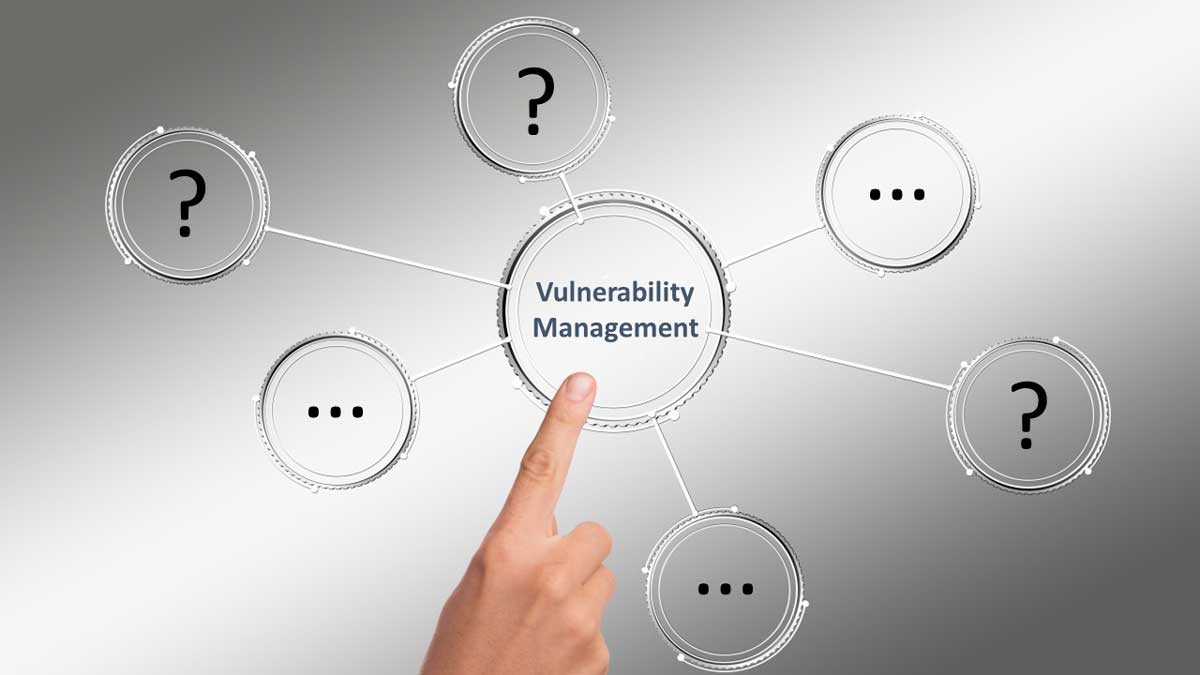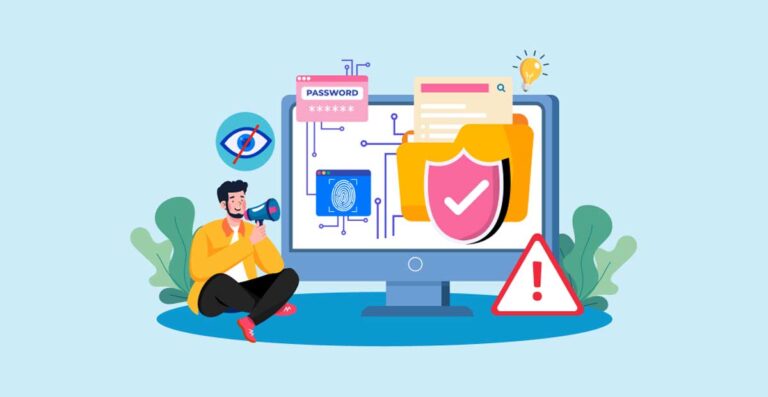Vulnerability Management – An Approach to Cybersecurity
Vulnerability Management
Cybersecurity isn’t a one-and-done endeavor. A proactive cybersecurity posture identifies and finds mistakes that can expose sensitive data. Vulnerability management is continuously classifying vulnerabilities in systems and software. It provides real-time visibility into an organization’s risk and a foundation for reducing threats. Achieving this requires automated processes that reduce the burden on security teams and improve the return on security investment.

Identifying Vulnerabilities
An organization’s systems, software, and hardware vulnerabilities must be identified before being addressed. It is done through continuous scanning with an enterprise security solution that aggregates, analyzes, and relays risk-prioritized vulnerability data.
This is much faster and more effective than manual, one-time vulnerability assessment processes. It also eliminates the risk of human error or alert fatigue while closing the security gaps that attackers exploit.
This method makes it possible to rank vulnerabilities according to how they affect business operations or the threat they provide. It can be accomplished using a risk scoring system that measures the likelihood of exploitation, damage to the organization, and whether it is likely to be detected or mitigated. The result is a vulnerability prioritization list that a cyber team can work through to remediate those most critical. It can include patching, upgrading, or removing software components, processes, and procedures.
Prioritizing Vulnerabilities
Once a vulnerability is discovered, attackers can exploit it before enterprises have time to update and test their infrastructure. Attackers leverage this window of opportunity to take advantage of misconfigurations, open ports, unnecessary services running, and more.
Vulnerability repair needs to be handled consistently and effectively if we want to close this gap. It requires continuous situational awareness, threat context, and a process for assessing vulnerabilities and prioritizing them based on asset value and weaponization.
CVSS scores are an important part of the process. Still, it’s also necessary to consider how easy or difficult it would be for attackers to exploit a vulnerability in your environment. It is a factor that doesn’t always get considered but can significantly increase or decrease the risk of a vulnerability.
This assessment must be automated and repeatable to ensure that your team addresses the most critical vulnerabilities first. A continuous vulnerability management program and solution can automate this assessment and shorten the window of opportunity for attackers.
Remediating Vulnerabilities
A vulnerability management program requires a policy that details how vulnerabilities will be remedied. CIS Control 7 recommends a process with monthly or more frequent progress reviews toward the set goals.
It includes identifying and assessing vulnerabilities that could compromise sensitive data or other assets exposed on the internet and those discovered in internal systems. The assessment can be done using an automated scanner, a SCAP-compliant tool, or another method.
Once vulnerabilities have been identified, they must be evaluated and prioritized based on risk. It can be based on severity, ease of exploitation by threat actors, impact on operations, business relationships, or compliance.
It is the point where it’s important to communicate clearly with stakeholders, as there may be different priorities between different departments and senior management. They also need to understand the impact of remediation efforts on ongoing operations. Stakeholders may need to make tradeoffs and work with IT teams on practical, effective, and timely solutions.
Monitoring Vulnerabilities
Many organizations need help to keep up with many vulnerable systems. A vulnerability management program is necessary to ensure that threats don’t exploit those vulnerabilities before they can be corrected.
CIS Control 7 describes continuous vulnerability monitoring as “establishing and maintaining a vulnerability management process for enterprise assets regularly, with monthly or more frequent reviews.” That’s easy enough to do if you have an automated vulnerability scanner that provides up-to-the-minute information about the state of your digital environment.
Unfortunately, the tools available to IT teams have not kept pace with attackers. It’s a tough job for IT and Infosec staff to identify, assess, prioritize, test, and roll out patches, especially when constantly discovering new vulnerabilities that threaten business operations and data. Next-generation vulnerability management technologies streamline the process, allowing teams to spend less time aggregating and researching vulnerabilities and more time closing security gaps. It is why continuous vulnerability management is a must for every organization.






